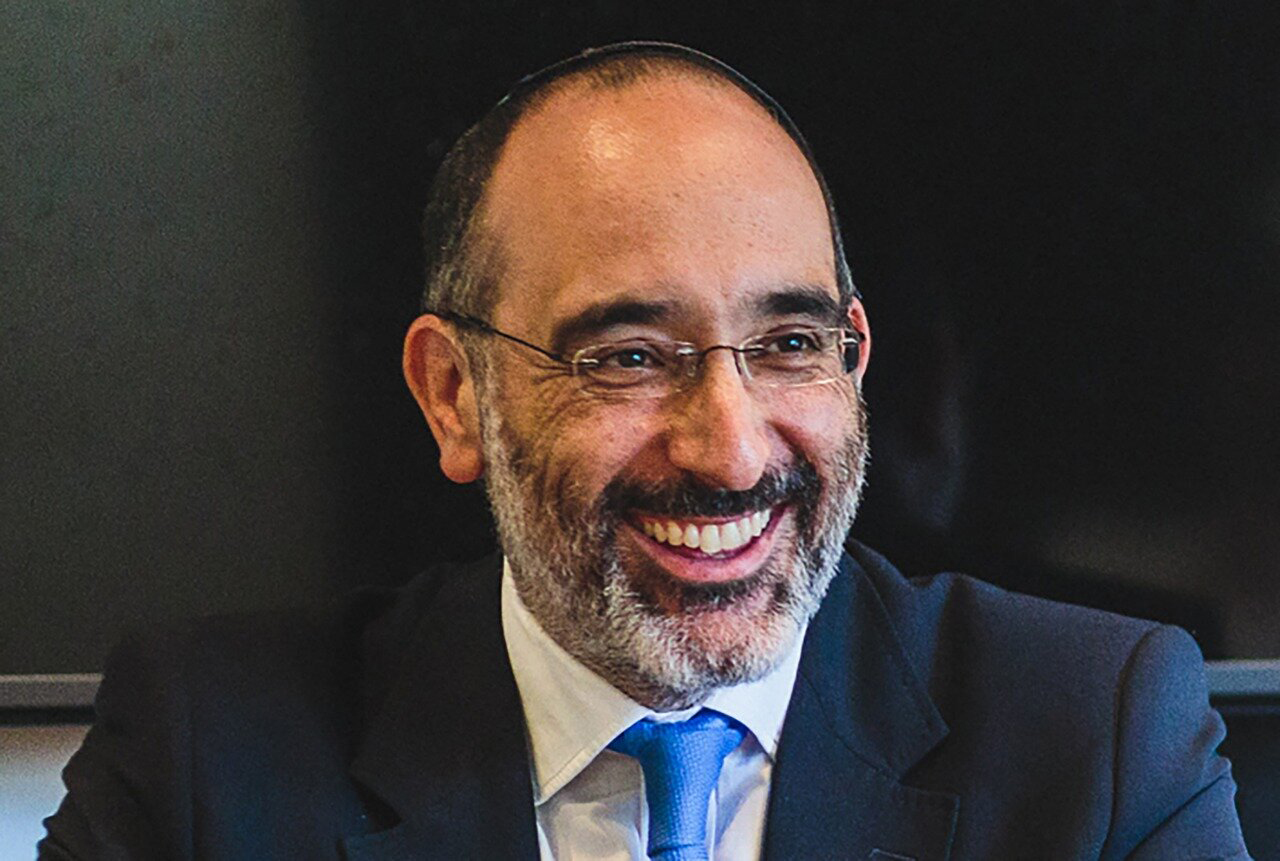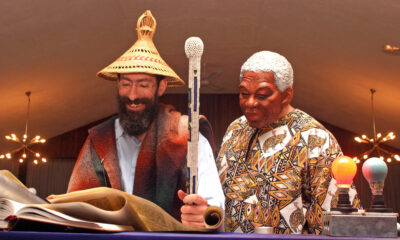
Community

Three principles for surviving a chaotic world
It feels like the world is in a constant state of chaos. Just as we start to emerge from a global pandemic, a major war breaks out in Europe. How do we face all this chaos and uncertainty?
Purim has the answers. The very word “Purim” refers on a literal level to the random lottery method Haman used to select the date for the genocide of the Jewish people. But on a deeper level, the word captures the chaos and uncertainty of those times.
One moment, the Jews in the Persian empire were living in relative peace and comfort, the next, they were targeted for annihilation by the emperor and his prime minister, Haman. And then, through a miraculous sequence of events, they were saved from this fate.
There are three key lessons we can learn about surviving uncertainty which emerge from a pivotal conversation recorded in the Book of Esther, when Haman “bought the rights” from King Achashverosh to annihilate the Jewish people by paying 10 000 measures of silver.
The Talmud (Megila 13b) says that the intent of this evil transaction of silver was counteracted by the merit of the silver of the mitzvah of the half-shekel, which was donated each year to purchase the materials needed for the daily temple services.
The half-shekel silver donation thus serves as the symbol of Jewish survival and teaches us how to survive forces of chaos in three ways.
First, it represents our relationship with and dedication to Hashem. This is symbolised by the daily services that took place in the temple, which were funded by the annual half-shekel donation. These services, which today take place in our shuls, represent our unbreakable bond with Hashem; the fact that we belong to him and are dedicated to doing his mitzvahs and living with his values. Says the Maharal (Prague, 1526-1609), Haman couldn’t buy us from Ahashvarosh because we already belonged to Hashem. This has been an unshakeable pillar of Jewish history and carries us through the most turbulent times, nationally and personally.
The second lesson of the half-shekel is our connection to one another. Each person gives a half-shekel, “that the rich shall not give more, and the poor should not give less”. Only by combining our contribution do we create a whole. The lesson here is that we need to view each other as partners and not as competitors. This goes to the heart of Jewish unity.
In a sense, we’re all on the same team, seeking the same objectives. And whether we face crisis or opportunity, we need to work together, looking to one another for support. This solidarity, the idea that we are “guarantors for one another”, is the second key pillar of Jewish survival.
It’s all about cultivating a sense of community. This means supporting and partnering with one another locally, as well as supporting Jewish communities around the world, especially in times of crisis. It means developing a sense of shared destiny and realising our deep connection to one another.
Of course, we’re all Hashem’s children. Therefore, our solidarity, which begins with our fellow Jews, doesn’t end there. We need to offer love and support to every human being created in the “image of G-d”.
The third aspect of Jewish survival represented by the half-shekel is faith in the future. Rabbi Yonatan Eibeschutz (Krakow, 1690-1764) says that the Jewish people continued to give this half-shekel coin even while they were under the rule of King Achashverosh, who had stopped the temple services in Jerusalem. So, they were donating it to the treasury of the temple, even though the temple was no longer functional, because they knew deep down that G-d would one day redeem them and they would be able to resume temple services. And, in fact, this is what happened when Queen Esther’s son, King Daryaveis, became emperor. He was devoted to his people, opening the gates to Israel and to Jerusalem, and through him, G-d redeemed the Jewish people.
This fundamental optimism and faith in the future is thus a key element of Jewish survival. The ongoing story of our people is a G-d-given guarantee, a pledge made by the creator of the world, Himself, to our forefathers and through our prophets. To be a Jew is to know that no matter what travails we’re facing, we’ll endure and, ultimately, divine redemption will come to the world.
Our connection to Hashem and his mitzvahs, solidarity with one another and faith in the future are the three secrets to Jewish survival. And with Europe at war, Iran’s pursuit of nuclear weapons and the instability of the pandemic, we need them more than ever.
The world is a chaotic place right now. But these three principles give us a solid and unshakeable framework to guide us through it.











Marc Schwabinger
March 18, 2022 at 7:15 pm
AMEN
NEVER AGAIN